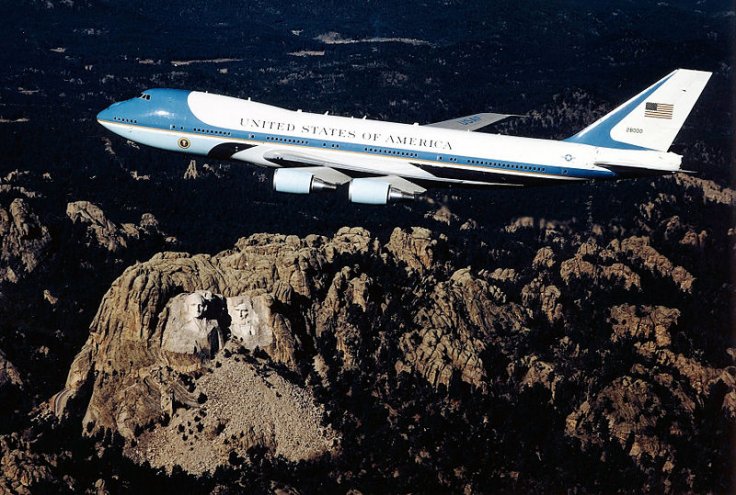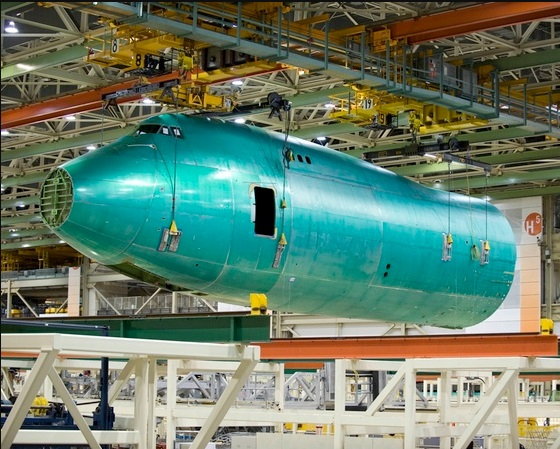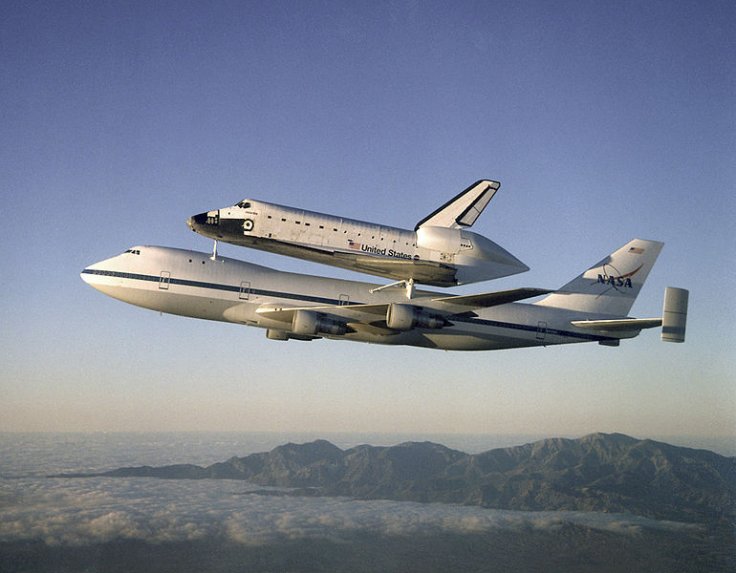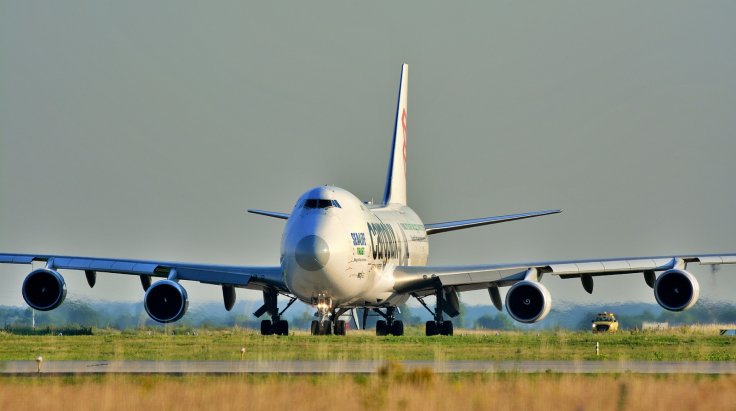Boeing reportedly is gearing up to stop production of its 747 jumbo jet, bringing an end to a 50-year-long journey that democratized global air travel in the 1970s. Although Boeing is yet to make an official announcement, it is likely that the aircraft maker has now almost decided to end production of the graceful "Queen of the Skies" with almost no orders in the past few years.
This definitely will sadden millions of aviation enthusiasts who will witness the end of a glorious era that revolutionized big four-engine bubble-tops in the aviation industry. The aircraft maker had been long contemplating retiring the prestigious 747 from the Boeing family given that airlines today prefer small-bodied lighter aircraft as they are more fuel-efficient.
The Final Countdown

The final countdown for rolling out the last Boeing 747 jumbo jet has begun and in all likelihood, the last of the jets will be rolled out in about two years from its Seattle factory. Boeing, however, is yet to comment on the development.
"At a build rate of 0.5 airplanes per month, the 747-8 program has more than two years of production ahead of it in order to fulfill our current customer commitments," a Boeing spokesman was quoted by Bloomberg. The company has seen a considerable decline in demand for wide-bodied carriers over the years.
The last order for a passenger version of the Boeing 747 was three years ago, in 2017 when the U.S. military asked for two jets to serve as Air Force One. Since then, Boeing has only sold the jet as a freighter and built only six aircraft every year.
A Long-Awaited Decision

The 747 has been Boeing's pride ever since its debut in 1969 but airlines across the world have been gradually retiring it from their fleet because of the high fuel consumption. The most recent 747 send-off was by Qantas, which in December sent it's 747-400 back to Sydney. However, the jumbo jet has been enjoying a second life as a preferred cargo carrier for companies like the United Parcel Service due to a boom in the freight market, thanks to e-commerce.
Boeing had hinted at ending production of 747 first in 2016 amid falling orders and pricing pressure. Major U.S. carriers like United Airlines and Delta Air Lines have already retired 747 from their fleet. And now with global air travel taking a hit due to the coronavirus pandemic, it might not be too long that the once-prized aircraft may soon become history.
End of a Glorious Journey

When the 747 made its first flight on February 9, 1969, it was hailed as game-changer as its four engines, then a new thing, made long-haul flying safer and faster. Its wide body easily earned it the name "Queen of the Skies". Boeing had purchased 780 acres, adjacent to Paine Field, Everett, Washington to build the 747 production plant in June 1966.
Within three months, 747 orders skyrocketed to $1.8 billion. A year later, in June 1969, the first 747-100 participated in the Paris Air Show. In less than a year, on July 16, 1970, the 747 worldwide fleets carried its one-millionth passenger. On September 10, 1970, Boeing rolled out the first 747-200 carrier, a bigger and improved version of the flagship brand.

The initial years saw 747 becoming part of the fleet of almost all airlines, led by Pan American Worldwide Airways (PanAm) with 25 carriers in its fleet. The company started contemplating introducing 747 as a freighter. In November 1971, 747-200 made its maiden flight as a freighter.
By 1973, the 747 fleet had revolutionized global travel and on February 28, the company rolled out the first 747-200 Convertible, yet another landmark. In October 1975, 747's worldwide fleet carried its 100 millionth passenger.
Another landmark was achieved in February 1977, when a specially equipped 747 carried a U.S. space shuttle for the first time. The company rolled out its 500th 747 from its factory in 1980, just 11 years after it began production and a record still untouched. Boeing received its first orders for Air Force One in 1986 when the U.S. Air Force ordered two specially equipped 747-200s to transport the president of the United States.

However, the aircraft's most notable achievement was over a span of nine months between August 1990 and 1991 when the 747s participated in Operation Desert Storm, carrying 644,000 troops and 220,000 tons of equipment to and from the Middle East as part of a United Nations effort to restore peace in the region.
On November 15, 1999, U.S. Postal Service unveiled a 747 postage stamp, which is placed on Boeing's factory doors and reads: "World's largest stamp on world's largest building that produces world's largest commercial airplane."
However, with the turn of the millennium air travel reached new heights as airlines started saving a lot on fuel cost by using lighter small-bodied aircraft, 747 started losing its appeal. As of July 2019, there were only 462 Boeing 747s in airline service, with Atlas Airlines and British Airways being the largest operators with 33 747-400s each.








